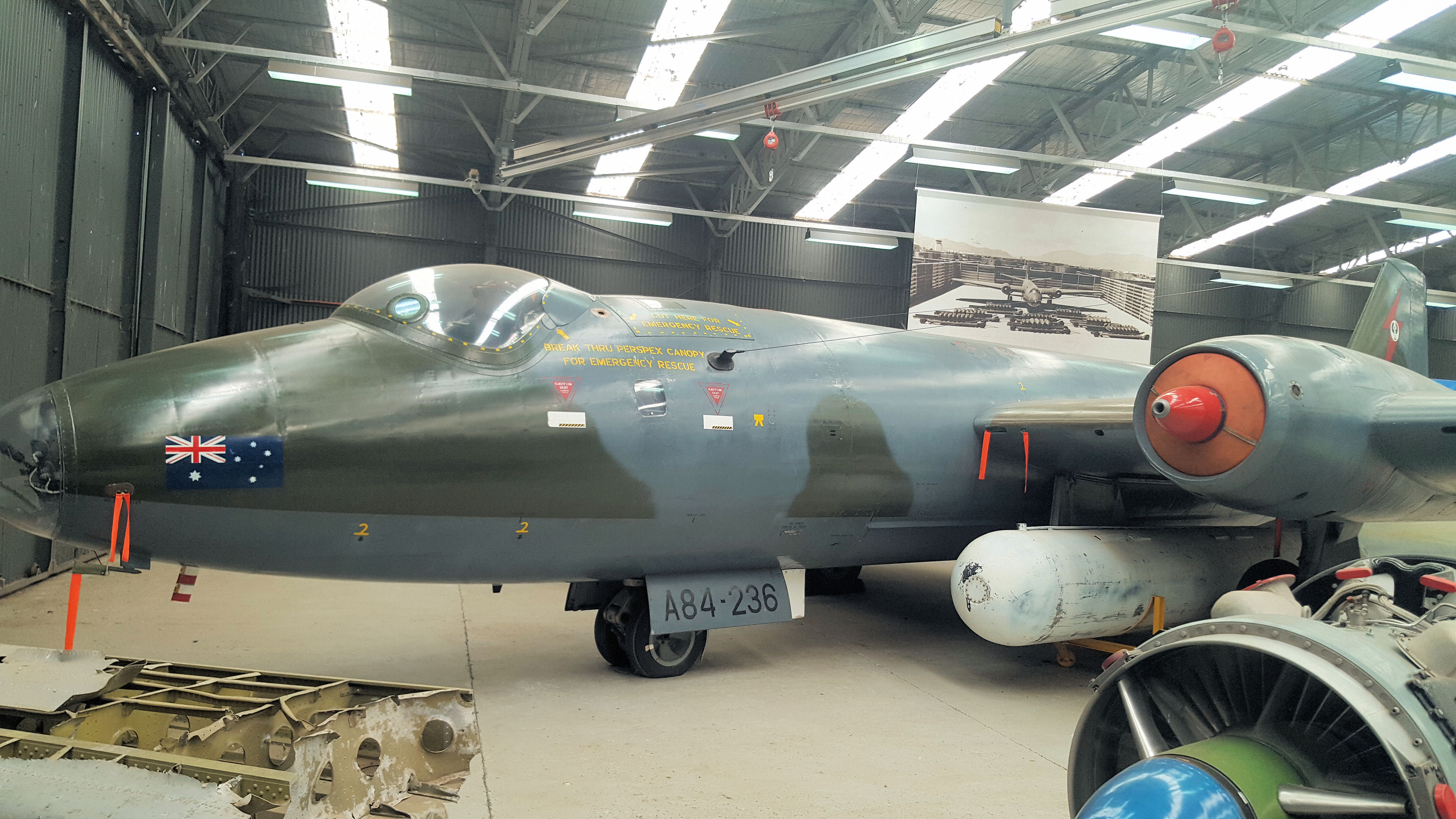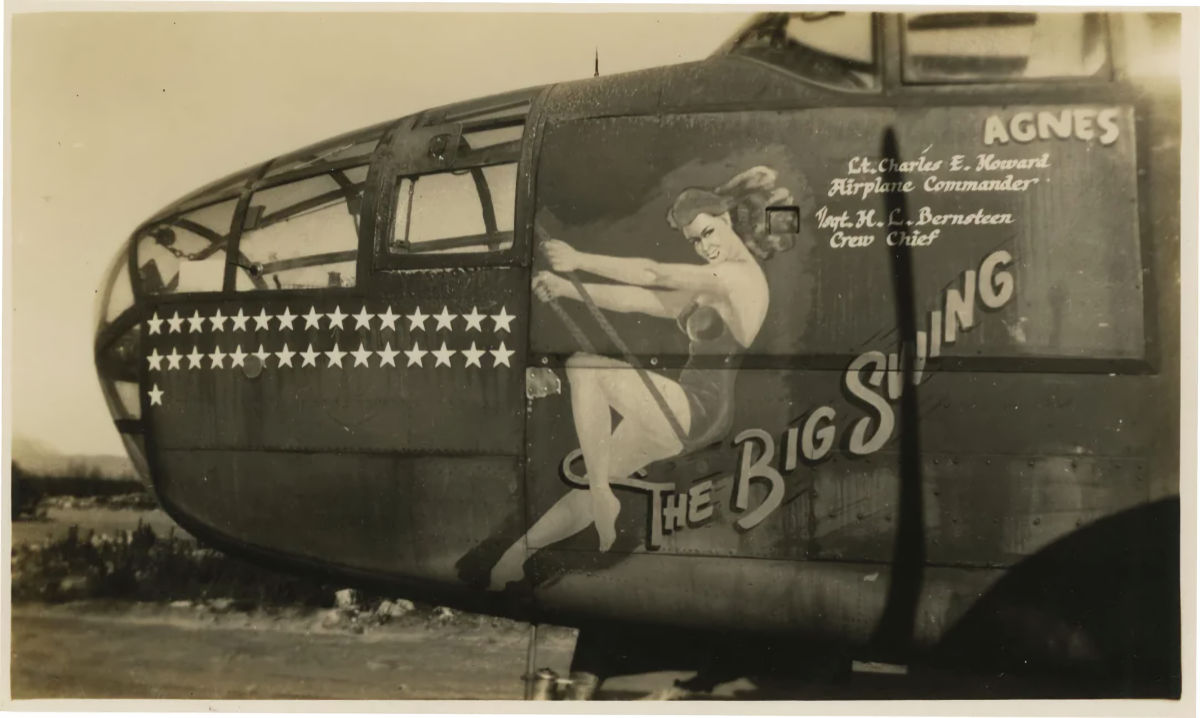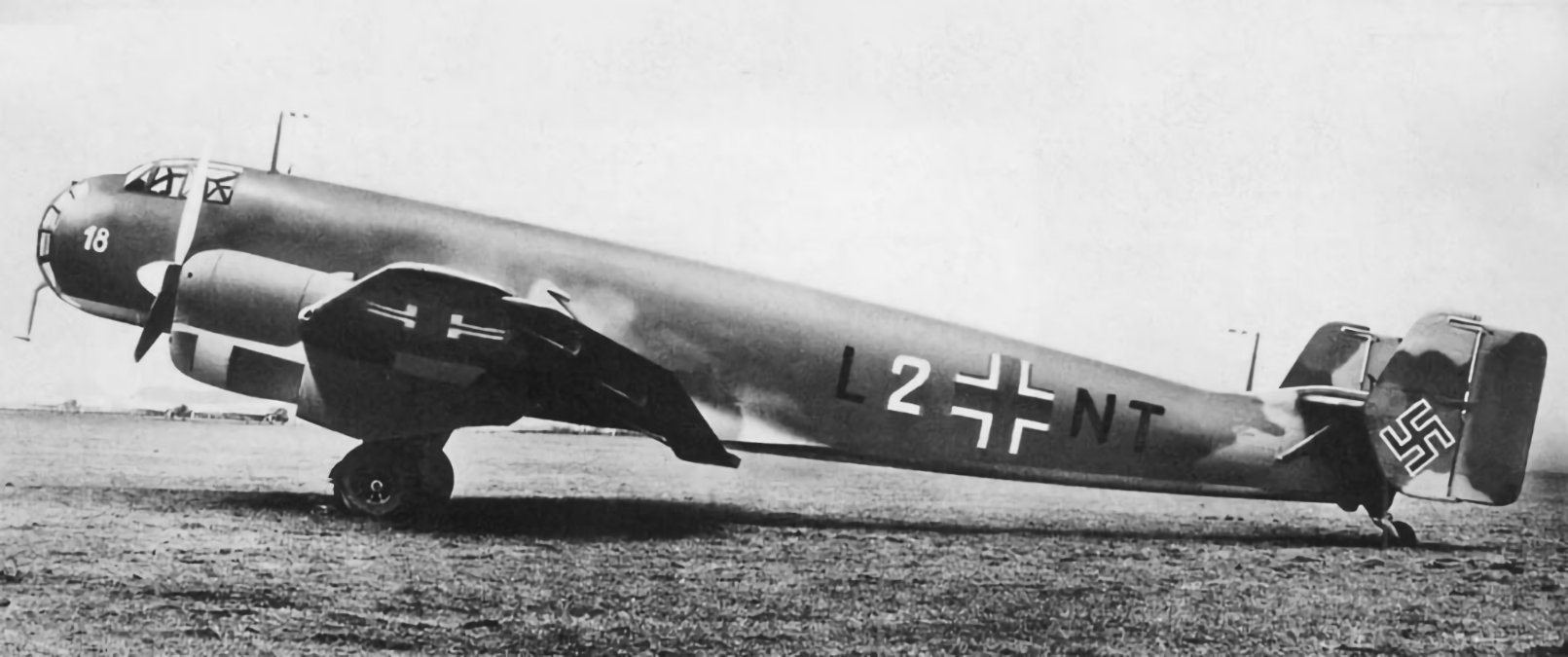Tag: bomber
-
English Electric Canberra

English Electric Canberra Newcastle Williamtown Air Show November 2023 Historical Aircraft Restoration Society Temora Aviation Museum RAAF Museum Point Cook Avalon Airshow 2017 South Australian Aviation Museum Read more
-
North American B-25 Mitchell Nose Art Page 1

North American B-25 Mitchell Nose Art Early Briefing Eatin’ Kitty North American B 25H Mitchell s/n 43 4909 Eatin’ Kitty of the 12th Air Force 12th Bomb Group 82nd Bomb Squadron 44 Eatin’ Kitty Oct 1943 Mexican Spitfire North American B-25D-20 Mitchell “Mexican Spitfire” Serial Number 41-30592 of the 5th Air Force, 345th BG, 500th… Read more
-
Junkers Ju 86 in German Service

Junkers Ju 86 in German Service Designed as both a bomber for the Luftwaffe and transport for Luft Hansa, the Junkers Ju 86 first flew on 4 November 1934. Four Ju 86D bombers were sent to Spain during the Civil War, where it was found that the diesel engines could not withstand rough treatment during… Read more